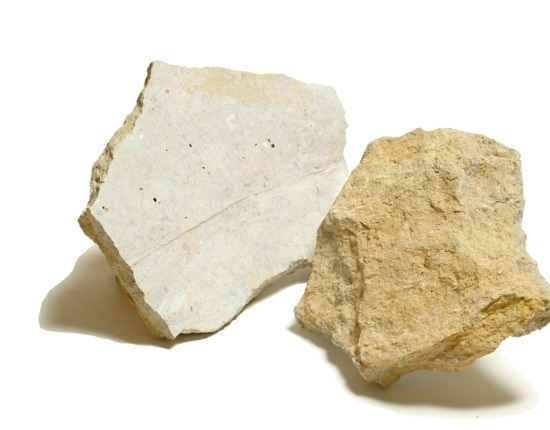Gold Provance, Beige Limestone Building & Walling





GOLD
PROVANCE C natural stone from Üröm
It
takes us to wild landscapes, Mediterranean vineyards.
To
reach this form, it is slipped from deep layers. Due
to the irregular shape it is dry-put. It can happen with 2-3 cm
grouting.
The
material is lime Marl Budai, which is frost-proof and water tight.
The stone gets wet between 0,5 and 1 cm.
Colour
scheme:
yellowish
sand-colour
grey
red
Different
kind of shade of these colours
All
stones that customers can find in Üröm Quarry are not uniform in
colours, so we can not contract colour guarantee.
Main
characteristics:
natural
form
easy
installation
frost-proof,
water tight
Installation
possibilities:
outside
and inside cover of walls
plinths,
facades
chimneys
fences
pillars,
supporting walls
garden
buildings
decorative
designs and constructions
Technical
details:
Size:
Cutted
of one side
Thickness:
3-5 cm
Height:
5-12 cm
Length:
10-30 cm
Installation: with
flexible glue or grout
Space
requirements: 4-8 cm
Packaging:
boxes
1
box contains approximately 0,4 m2 ~ 23-26 kg
PROVANCE C natural stone from Üröm
It
takes us to wild landscapes, Mediterranean vineyards.
To
reach this form, it is slipped from deep layers. Due
to the irregular shape it is dry-put. It can happen with 2-3 cm
grouting.
The
material is lime Marl Budai, which is frost-proof and water tight.
The stone gets wet between 0,5 and 1 cm.
Colour
scheme:
yellowish
sand-colour
grey
red
Different
kind of shade of these colours
All
stones that customers can find in Üröm Quarry are not uniform in
colours, so we can not contract colour guarantee.
Main
characteristics:
natural
form
easy
installation
frost-proof,
water tight
Installation
possibilities:
outside
and inside cover of walls
plinths,
facades
chimneys
fences
pillars,
supporting walls
garden
buildings
decorative
designs and constructions
Technical
details:
Size:
Cutted
of one side
Thickness:
3-5 cm
Height:
5-12 cm
Length:
10-30 cm
Installation: with
flexible glue or grout
Space
requirements: 4-8 cm
Packaging:
boxes
1
box contains approximately 0,4 m2 ~ 23-26 kg
unlisted
Contact supplier












